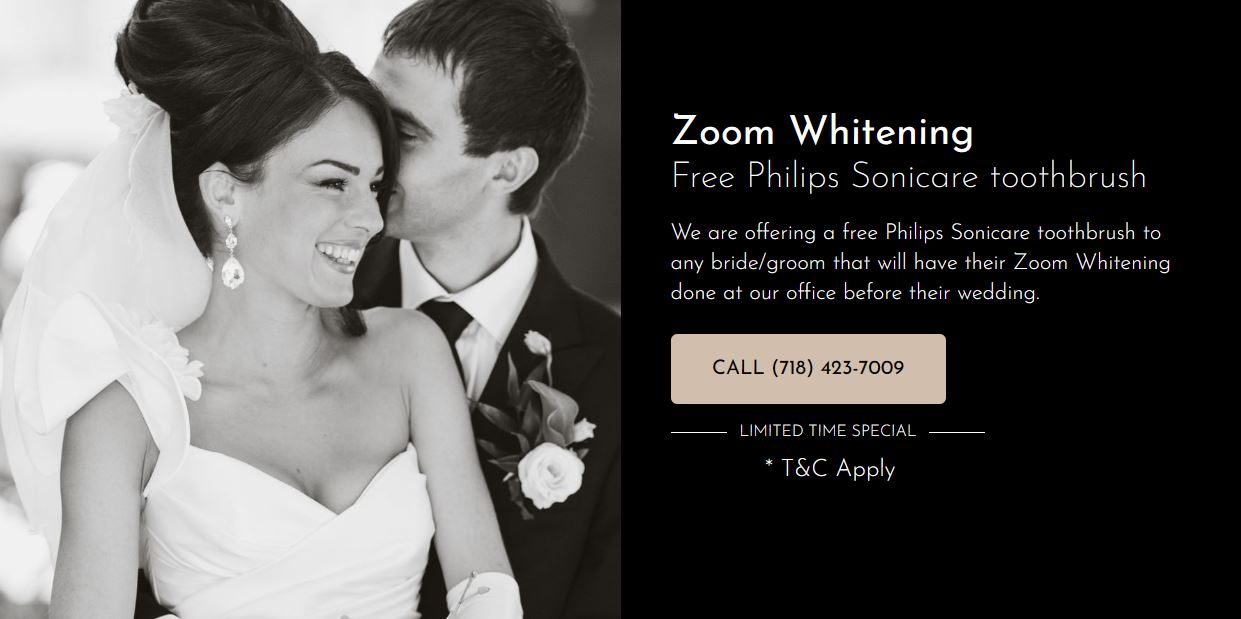
Most of us have heard about dental filling and crowns and how they repair decayed teeth. Teeth fillings are used when you have mild decay, while crowns are reserved for severe decay.
But, when you have decay that is too large for a filling but not too extensive to need a dental crown, you can get dental inlays and onlays in Bayside. Inlays and onlays are indirect restorations made at the lab and then cemented on the teeth.
Dental Inlays Vs. Onlays
Although they are both used to repair decay, Inlays and onlays are different in the number of teeth they cover.
Dental inlays are ideal when the decay is only found at the center of the teeth and not on the outer edges. They are also used when you have an injury that only affects the pits. Inlays and direct filling are different; for instance, the direct filling tends to shrink after they are fixed, increasing the risk of failure.
Dental onlays repair decay that affects the pits and cusps but are not too extensive for crowns to be used. These restorations are available in different materials, but composite and porcelain are the most common.
When Are the Inlays and Onlays Recommended?
You can get dental inlays and onlays if your teeth are broken, decayed, or fractured, but it does not affect the cusps. The restorations can also be used if you have an injury that does not allow tooth reshaping to support a crown.
What is the Procedure of Getting Inlays and Onlays?
The inlays and onlays procedure is similar, and it needs two dental visits.
The dentist begins the application process by examining your teeth and gums to check the extent of decay and determine which restoration is ideal. The decay and cleaned, and a small amount of the tooth is removed depending on the material needed. The dentist takes a mold or cast of the teeth to create the restorations at the lab. He will use a temporary filling to protect the teeth from sensitivity as you wait for the permanent inlays and onlays.
The second dental visit involves replacing the temporary fillings with a permanent one. A resin or cement is then used to fix the inlays and onlays to create a seamless look.
What are The Inlays and Onlays Benefits?
Inlays and onlays are used as part of the cosmetic dentistry in Bayside, NY, because they offer great benefits like:
- They are a conservative treatment compared to the crowns. The dentist will remove only the compromised tissue before fixing the inlay or onlays. Crowns require the removal of a significant portion of the tooth to accommodate them.
- Inlays and onlays are stronger and more durable than fillings because they are porcelain. Fillings are either made of resin or amalgam and can only last five years.
- They offer a natural-looking smile because they are crafted from porcelain, blending seamlessly.
- Inlays and onlays are cost-effective and are either covered in full or partially by dental insurance.
- They do not expand as the fillings do with temperature fluctuations, meaning that the structure remains intact.
What are the Cons of Inlays and Onlays?
Although they are effective, inlays and onlays have a few cons. They are expensive, stain easily, and the procedure for getting the restorations is lengthy. The inlays and onlays are durable, but they may need replacement after a few years.
Why do Inlays and Onlays Fail?
Inlays and onlays are effective restorations, but they can fail because of a few factors that include:
- Poor hygiene can cause plaque accumulation that can increase the risk of decay. The inlays and onlays do not reduce or protect against decay, meaning the teeth can still decay.
- Bruxism or grinding of the teeth can cause the inlays and onlays to wear out. It is recommended to wear a mouthguard when sleeping to protect the teeth.
Schedule an Appointment
Visit Bayside Family Dentistry for more information about inlays and onlays and what you can expect.







